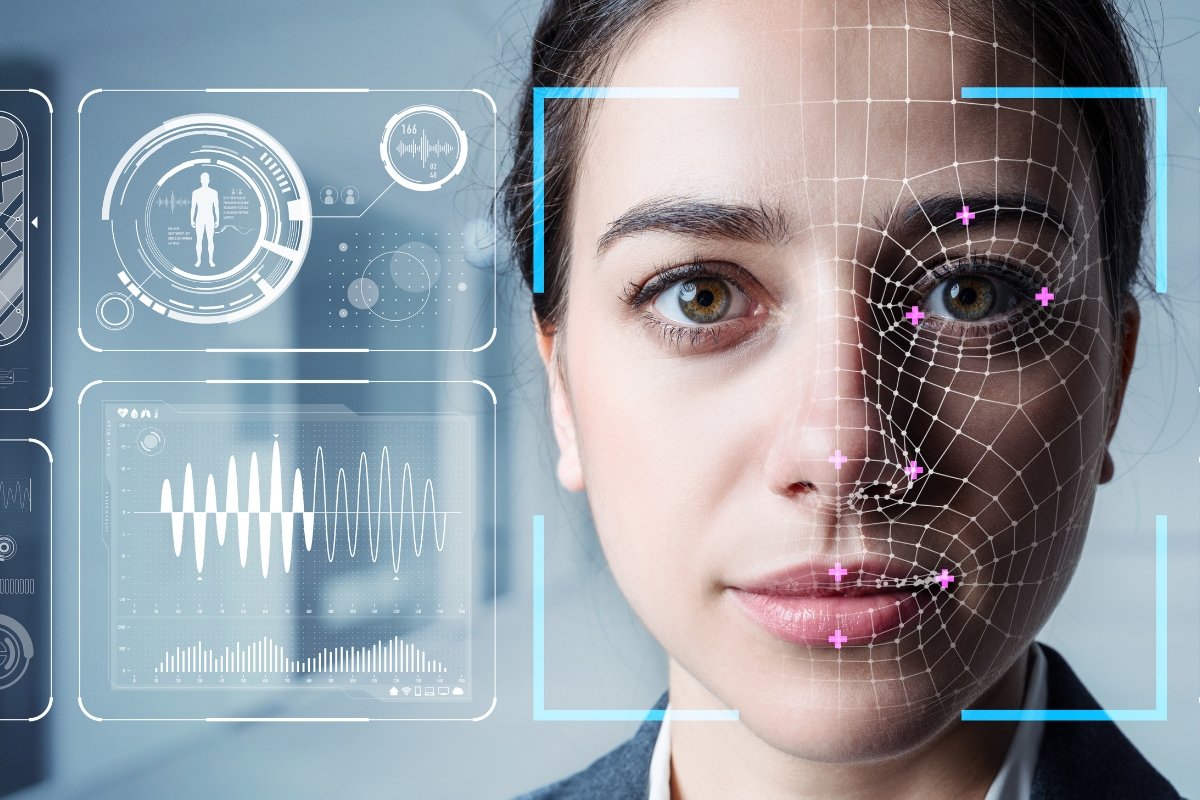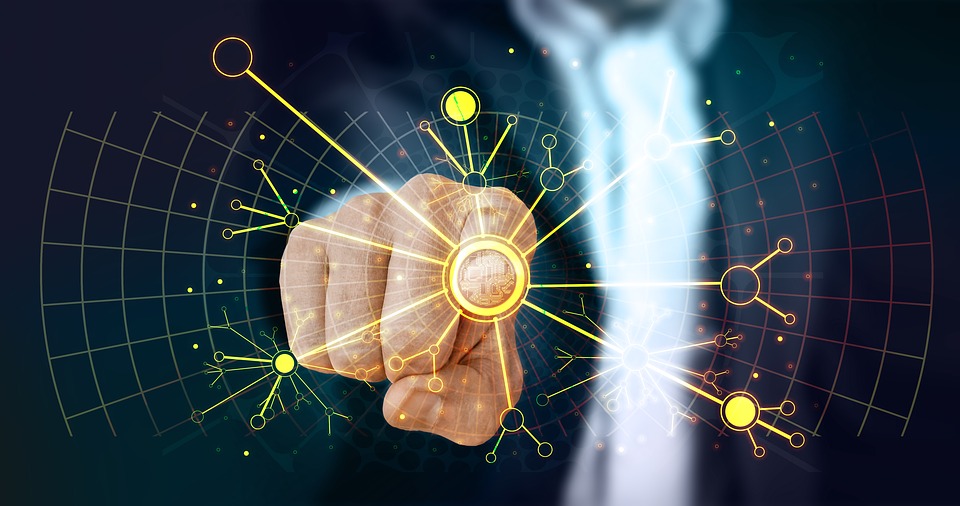Businesses today are continually striving for efficiency, accuracy, and cost-effectiveness. One area that has seen significant advancements is the tracking of employee attendance.
The traditional methods of pen-and-paper tracking or card punching have been replaced with Biometric Time and Attendance Systems.
These systems leverage biometric identification to provide a highly accurate, fool-proof solution for managing workforce attendance, thereby boosting productivity and profitability.
Understanding A Biometric Time And Attendance System

A Biometric Time And Attendance System is a sophisticated tool that amalgamates biometric identification technology with time-tracking software. This combination allows businesses to collect, process, and manage employee attendance data, converting it into precise payroll records.
Biometric identification is rooted in the uniqueness of individual human characteristics. It capitalizes on physical and behavioral features that distinguish one person from another. This includes fingerprint patterns, facial features, iris patterns, palm prints, and even voice recognition.
With the use of advanced hardware and software, these unique biometric traits can be captured, mapped, and compared to identify individuals accurately. This technology has been widely adopted in workplaces around the globe for security, identification, and employee clock-in purposes.
The Mechanism Behind Biometric Attendance Systems
Biometric attendance systems operate by identifying individuals accurately when they interact with a biometric terminal, such as when they arrive at or leave work.
Conventional attendance tracking methods using RFID or PINs can be easily manipulated. Entry cards, fobs, or PINs can be misplaced, shared, or cloned, compromising the accuracy of data and enabling fraudulent practices like buddy punching.
In contrast, biometric systems ensure accurate identification at all times without the need for any additional elements like cards or PINs. The process involves creating a biometric template for each individual. This is done by capturing an image of a unique biometric trait (like a fingerprint or face) and mapping it using an algorithm.
The resulting biometric template is a digital version of the mapped data points, which can be used later for comparison. This template is stored in an encrypted format in a database, ensuring the safety and security of biometric data.
The biometric identification data is then linked with each employee’s time and attendance data, providing an accurate record of when employees clocked in or out of work.
Evaluating The Advantages And Disadvantages Of Biometric Attendance Systems
While the merits of a Biometric Time And Attendance System frequently outshine its drawbacks, it is vital to understand both aspects when considering the implementation of such a system.
The Advantages
- Cost-effective hardware.
- Highly accurate identification.
- Almost impossible to manipulate or spoof.
- Eliminates the possibility of buddy punching.
- User-friendly for employees.
- Removes the cost of purchasing and replacing cards or fobs.
- Streamlines payroll processing.
- Enhances accountability.
- Speedy processing time (typically less than a second).
The Disadvantages
- Each type of biometric system has its limitations; it’s essential to consider your organization’s unique circumstances.
- Approximately 1-3% of the population have fingerprints that are challenging to capture.
- Facial recognition can be significantly affected by direct sunlight exposure.
- Iris recognition can be less intuitive to use.
- Misconceptions regarding privacy and data security may need to be addressed.
Assessing Different Types Of Biometric Systems
The array of biometric systems available on the market today offers various features and capabilities. The choice of the right system depends on several factors, including budget, specific requirements, and the nature of the workplace.
Fingerprint devices, such as those available from Egress Systems, are often the preferred choice for many organizations due to their affordability, simplicity, and accuracy. However, it is vital to have an alternative means of identification, like an RFID card/fob reader or a PIN entry system, for employees whose fingerprints may be difficult to capture.
Facial recognition devices, though more expensive, offer fast, accurate recognition and are contactless, reducing the spread of germs. However, changes in facial features or lighting conditions can sometimes impact the reliability of identification.
Iris recognition provides the highest level of security, with the chances of misidentification being extremely low. However, capturing a high-quality image for iris recognition may require the user to position themselves precisely, which can be less intuitive than other methods.
Ultimately, the choice of a biometric system must align with the unique needs and circumstances of the organization.
Implementing A Biometric Time And Attendance System
Planning to implement a Biometric Time And Attendance System in your business? Here are some key factors to consider:
1. Define Your Expectations
The first step is understanding your current challenges and identifying what needs to change for business efficiency.
Are payroll queries common? Are holiday approvals taking longer than necessary? Could productivity be improved? If you find the answers leaning towards ‘yes’, it’s time for a time management system.
2. Consider Employee Working Patterns
If your organization has complex shift patterns, different pay rates based on jobs, or specific skills required per shift, you’d need a customizable time and attendance system. The system should be able to accommodate varied working patterns and payment categories.
3. Choose Suitable Clocking Options
Different clocking options may be suitable for different work situations. If you have remote workers, mobile clocking might be the best option.
On the other hand, web-based clocking could be ideal for desk-based roles. Available options range from biometric terminals, web-based employee portals, mobile apps, to RFID badges, cards, or keyfobs.
4. Select The Right Platform
Depending on your workforce structure, you might opt for an on-premise platform, a cloud-based system, or a hybrid of both.
Consult with your IT department to understand existing IT policies and resources before making a decision.
5. Evaluate The Costs
While the cost of the system and your budget will be key considerations, it’s crucial to ensure the system you choose aligns with your organizational needs and desired improvements. Typically, on-premise platforms will have a higher upfront cost compared to cloud-based platforms.
The Key Benefits of A Biometric Time And Attendance System

1. Structured Work Environment
A Biometric Time And Attendance System provides a structured approach to managing the workday, offering visibility into employee attendance patterns.
This can help shape discussions around effective management, whether you have employees working on-site or remotely.
2. Accurate Attendance Information
Biometric attendance systems provide accurate data on employee attendance, helping identify instances of late arrivals, absences, or habitual sickness. This allows quick corrective actions and helps maintain a healthy work culture.
3. Cost Savings Through Reduced Payroll Errors
With automated data collection, the risk of human errors in payroll is significantly reduced. Integrating the attendance system with payroll software can provide an accurate picture of overall costs, saving time spent on identifying and correcting payroll errors.
4. Prevention Of Time Fraud
A biometric system requires a specific worker to be present to authenticate their attendance, thereby eliminating time fraud. This results in significant cost savings for businesses.
5. Accurate Time Reports
The precise clock-in times recorded by a digital system eliminate the risk of misreporting, providing a more accurate account of working hours.
6. Simplified Process For Employees
A biometric system eliminates the need for manual forms or remembering to carry a special key card, making the process simpler for employees.
7. Remote Access For Real-Time Visibility
With mobile alerts and remote clocking options, employers can oversee the entire organization in real-time, regardless of their location. This allows quick corrective actions, even when out of the office.
8. Easy-To-Understand Reports
A good time and attendance system should provide intuitive, easily understandable reports, helping businesses make informed decisions.
9. Reduced Administrative Load
Automated data collation eliminates menial work, allowing your business to focus on creative, fulfilling tasks.
10. Regulatory Compliance
A well-designed system should help your organization adhere to industry regulations, ensure GDPR compliance, and raise flags against any compliance issues before they arise.
Conclusion
The myriad benefits of a Biometric Time And Attendance System make it an investment worth considering for businesses of all sizes.
By providing accurate time tracking, reducing payroll errors, eliminating time fraud, ensuring regulatory compliance, and boosting employee morale, these systems can significantly enhance productivity and profitability.
Whether you’re a small business or a large corporation, a biometric time and attendance system can help you maximize the efficiency of your working week and drive your business forward. So, take the leap and leverage the power of biometrics for your business today!
Read Also:
- 7 Clever Human Resource Solutions For Small Businesses
- How Human Resource Training Can Improve Business Operations All Around
- How Artificial Intelligence Can Help Prevent Identity Fraud?
















